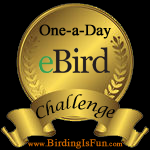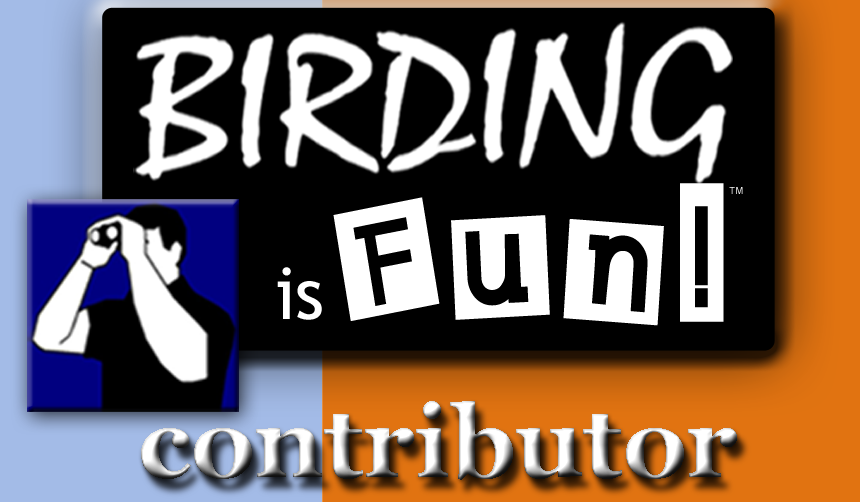
From the archives, a short interview with Howard Cosell. Not sure how we did this one, since he died thirteen years ago this month. But what the heck, good fun for all.
Cosell: Those of you at home may not know this, but birdwatching, or birding as the binocular-sporting crowd calls it, is more popular than golf and tennis combined. Millions of folks out there spy on birds for fun, but only a relative few have actually taken it to the level of a sport. I'm joined today by one of those curious few who think they can convince the rest of us that watching birds is actually a sport. Please join me in welcoming The Birdchaser.
Birdchaser: Pleasure to be here.
Cosell: Lets start out with a simple question. How would you convince me that watching birds is really a sport, and not just a mild obsession for folks who prefer feathers to felines?
Birdchaser: There's no question that for most people, watching birds is just a curious pastime. But just like there is a difference between playing catch with your kid, and playing Major League Baseball, there is a difference between birding and birdwatching. Watching birds is an idle pursuit. Birding--chasing around to see how many birds you can see in a given area over a limited period of time--is a serious sport.
Cosell: If its a serious sport, are there fans? Why don't we see birding competitions on television? Sponsorships of birding events? Cash prize winnings?
Birdchaser: Ah yes, as a sport, there are many events and contests--such as big days, big years, and team events such as the Great Texas Birding Classic and the World Series of Birding...
Cosell: World Series of Birding? That sounds like wishful marketing to me...
Birdchaser: Perhaps so, but in all seriousness, there are events out there. As for prizes, well, we tried over a decade ago to get serious cash prizes for the Great Texas Birding Classic, but purists on the planning committee didn't want to take birding down the road of professionalization--actually they called it corruption--like we saw in surfing back in the 70s. So it remains mostly an amateur sport.
Cosell: So it doesn't even rise to the level of bowling, as a professional sport?
Birdchaser: Well, sadly, no, but...
Cosell: So why should we take it seriously, as a sport?
Birdchaser: Because there are tens of thousands of people out birding at any given time--competing to see how many birds they can see, posting their sightings on the internet for other birders to see...
Cosell: The internet? So its an online sport?
Birdchaser: Maybe. But the real birding takes place out in the field.
Cosell: So can we follow these guys around? Who would watch such a thing on TV?
Birdchaser: Perhaps not the same folks who watch golf, but if you can watch a guy hit a little white ball with a stick, you should be able to watch guys scoping out shorebirds on the mudflats...
Cosell: Shorebirds? Mudflats? Doesn't sound like the makings of a Wide World of Sports special to me...
Birdchaser: But what if there was a $500 cash prize for the team of birders that found the most birds during a competition on the Texas Coast? What if there were major automotive sponsors who wanted to showcase birders rushing around in their SUVs? What if there were a standardized course, where folks could stand and wait for the teams to arrive and see how many birds they could see there compared to the other teams? What if...
Cosell: Sounds like you're dreaming there, Birdchaser.
Birdchaser: Perhaps, but...
Cosell: Meanwhile, let me know when you get those million dollar prizes lined up, and the major sponsorship for an event we can televise. In the meantime, I wish you the best of luck. To you and all the bird watchers at home, have fun out there!







